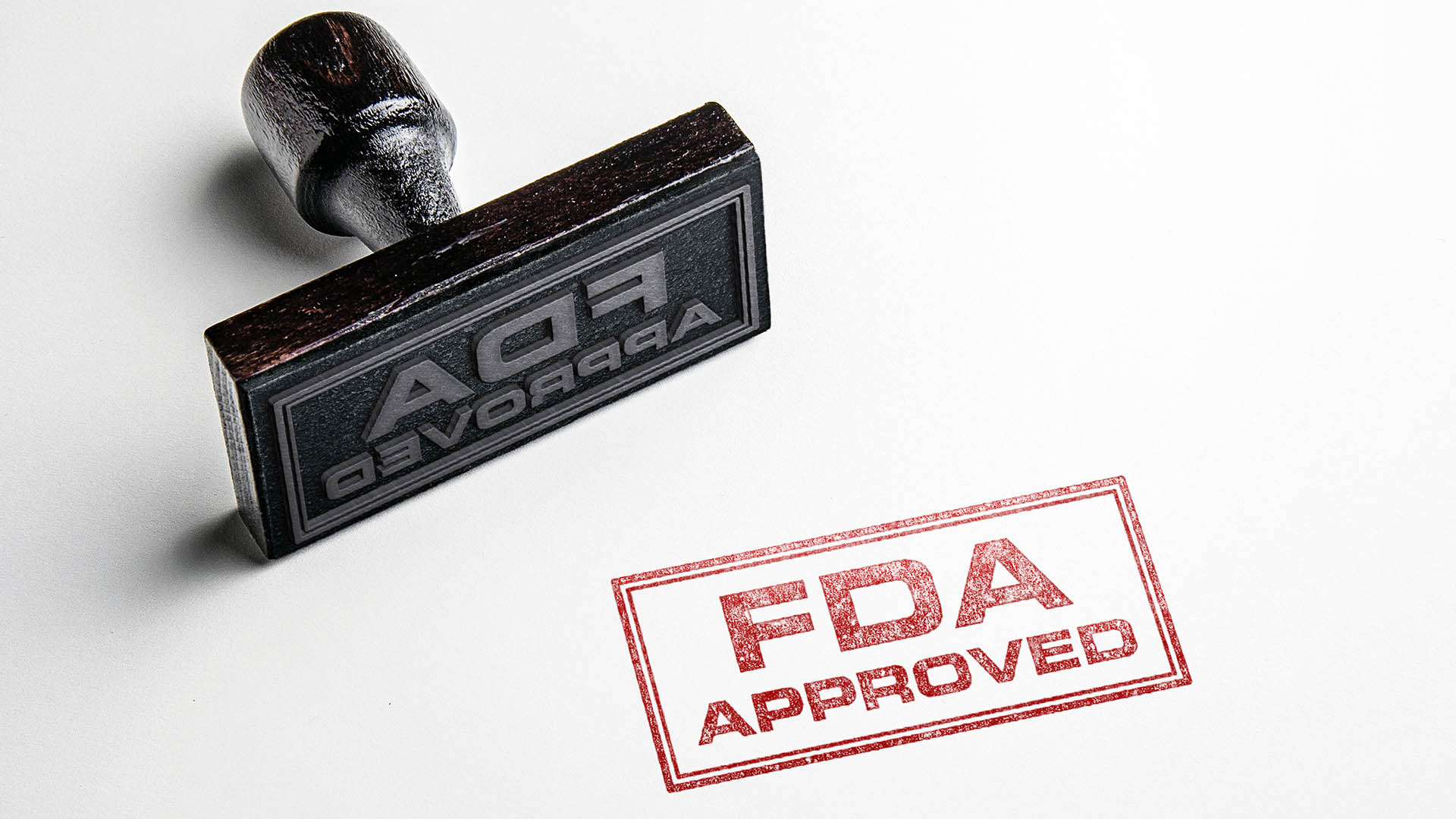
While Australia seems well placed economically and the next rate cut is down even after inflation rises next week, the news from Japan and New Zealand is gloomy.
New Zealand’s consumer price inflation rose at the fastest pace in 18 years in the second quarter, driven by high fuel and food costs and in Japan the Bank of Japan held interest rates steady, but cut growth forecasts for the second time in three months.
For New Zealand there’s every sign it will slip into a nasty bout of stagflation, without the wage price pressures, but with a credit crunch hitting home loans, retailing and business activity
Statistics New Zealand said yesterday the Consumers Price Index (CPI) jumped 1.6% in the June 2008 quarter, the highest since the June 1990 quarter when it was 1.8%.
"Increases in transport prices made the most significant upward contribution to the CPI this quarter, in particular the increase in petrol," the agency said.
For the year to the June 2008 quarter, the CPI increased 4.0%, following a rise of 3.4% for the year to March 2008.
"The last time the CPI increased by more than 4% for the year was the June 1995 quarter when it was 4.6%.
Statistics NZ said transport prices increased 4.9% in the June quarter, with the main contribution coming from increases in petrol prices (up 12.8%). Other significant contributions came from higher costs for diesel, domestic air transport, and international air transport.
"Prices for the food group were up 2.2% in the June, mainly due to price increases for grocery food, vegetables, and restaurant meals and ready-to-eat food.
"The housing and household utilities group recorded an overall increase of 1.2%, mainly due to price increases in electricity.
"Higher prices for petrol (up 25.9%) made the most significant individual contribution to the increase in the CPI for the year to June 2008. If petrol prices had remained constant from the June 2007 quarter, the CPI would have risen 2.7% for the year to the June 2008 quarter," the agency added.
The news, and the concern about the health of US banks and other financial groups, helped the Kiwi dollar to its highest level in a month.
The currency rose to 76.60 USc from 76.14c late in Asia yesterday. It earlier touched 76.69c, the highest since June 10.
Figures out Monday showed NZ retail sales down in May thanks to lower car sales.
The NZ economy contracted 0.3% in the March quarter and despite hopes from some officials for a small rise in activity in the June quarter, there’s a feeling across the Tasman that another poor growth figure will be reported, leading to the country being officially in recession.
NZ Reserve Bank Governor, Allan Bollard has forecast that inflation will peak at 4.7% later this year, then sluggish growth will return inflation below the 3% limit of his target range by mid-2010.
He indicated in early June that he could very well cut the official cash rate in the September quarter from its present high 8.25%.
Last week’s quarterly survey of business opinion and confidence showed the country’s business sector was at its most pessimistic about the immediate outlook since 1990.
House sales are tumbling, leaving banks without business, media without advertising and real estate agents with no transactions. Consumer spending has fallen and a drought is pushing up power costs (on top of the impact of higher oil prices) and cutting export income, especially in the vital dairy sector..
In Tokyo the Bank of Japan left its key rate unchanged at 0.5% yesterday, but cut its economic growth forecast and lifted inflation forecast.
The bank said the economy will expand 1.2% in the year ending March 31, 2009 slower than the 1.5% forecast on April 30.
The bank released preliminary forecasts last month and confirmed them after yesterday’s board meeting in Tokyo.
Consumer prices excluding fresh food will rise 1.8%, more than the 1.1% projected three months ago. Both forecasts are lower for growth and higher for inflation than those made at the end of December 2007.
Japanese household confidence fell to the lowest level in at least 26 years in June as higher gasoline and food prices hurt purchasing power.
The bank’s latest Tankan survey at the start of this month showed large companies expect profits to fall this year for the first time since the 2001 recession.
Wages grew 0.2% in May, the slowest pace for the year so far, but industrial production kicked higher last month. However the trade surplus narrowed as oil imports rose in value.
Japanese consumer prices excluding fresh fish, fruit and vegetables rose 1.5% in May from a year earlier, the fastest pace in a decade, and economists say the inflation measure will soon top 2%.
The picture in Japan sounds a lot like the picture everywhere: US wholesale price inflation hit an annual rate of 9% in June, according to figures released overnight (but was more stable on a core basis). UK wholesale inflation hit 10% in June, while the CPI jumped to an annual rate of 3.8%. That was the highest figure since 1992.
There’s no relief anywhere.













